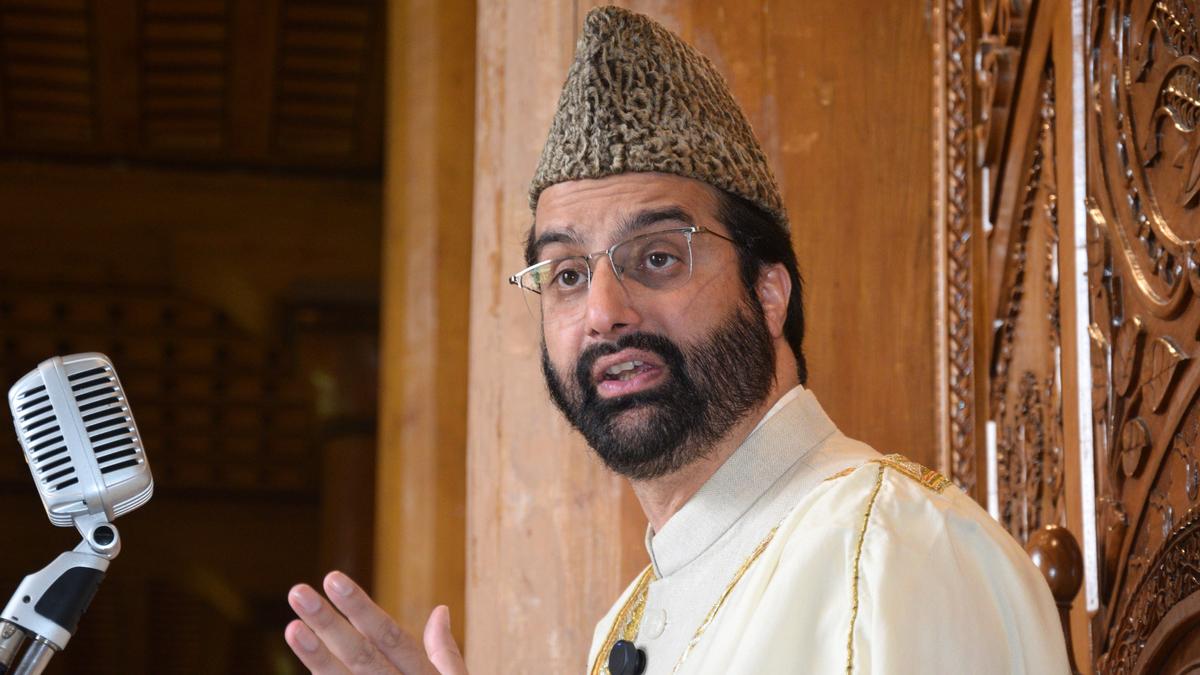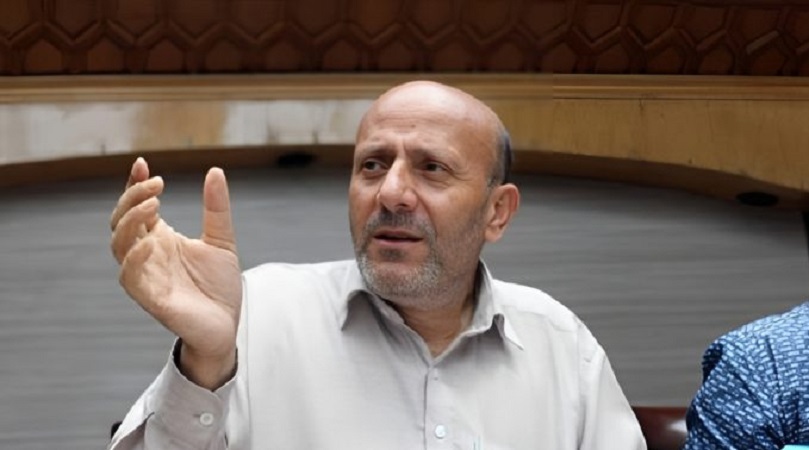A drone and two packets of heroin were discovered in three separate incidents near the India-Pakistan international border in Punjab, an official said on Saturday.
The Border Security Force found the drone in broken condition from a field in village Kalia in Tarn Taran district on Friday, said a spokesperson of the force.
The drone was a China-made DJI Mavic 3 Classic, the spokesperson said.
In another incident, BSF troops recovered a packet of heroin weighing 460 grams and a small torch tied to it from a field adjacent to village Hardo Ratan in Amritsar.
The search operation was launched after the BSF was tipped-off about the heroin.
Another packet of heroin weighing 406 grams was found in a field in village Sankatara in Tarn Taran district on Friday, said the spokesperson.
The India–Pakistan, Indo–Pakistani or Pakistani-Indian border is the international boundary that separates the nations of the Republic of India and the Islamic Republic of Pakistan. At its northern end is the Line of Control, which separates Indian’s Kashmir from Pakistani-administered Kashmir; and at its southern end is Sir Creek, a tidal estuary in the Rann of Kutch between the Indian state of Gujarat and the Pakistani province of Sindh.
Arising from the partition of British India in 1947, the border covers the provincial boundaries of Gujarat and Rajasthan with Sindh, and the Radcliff Line between the partitions of Punjab. It traverses a variety of terrain in the northwestern region of the subcontinent, ranging from major urban areas to inhospitable deserts. Since the beginning of the India–Pakistan conflict shortly after the two countries’ conjoined independence, it has been the site of numerous cross-border military standoffs and full-scale wars. The border’s total length is 3,323 kilometres (2,065 mi) according to figures given by the PBS; it is also ranked as one of the most dangerous international boundaries in the world, based on an article written in Foreign Policy in 2011. During the nighttime, the India–Pakistan border is distinctly visible from outer space due to the 150,000 floodlights installed by India on approximately 50,000 poles.
Also Read: Google Doodle pays tribute to India’s first female wrestler









